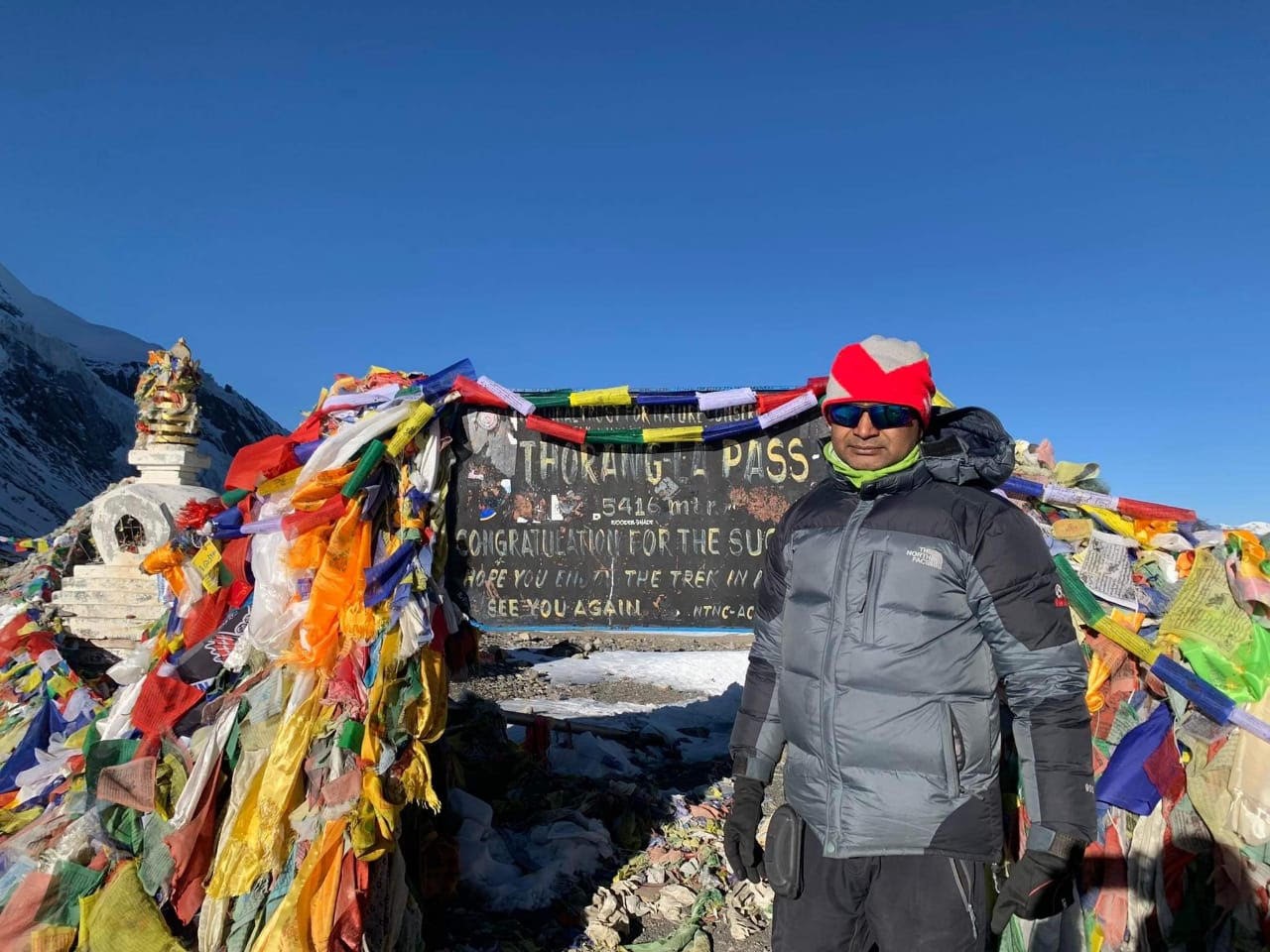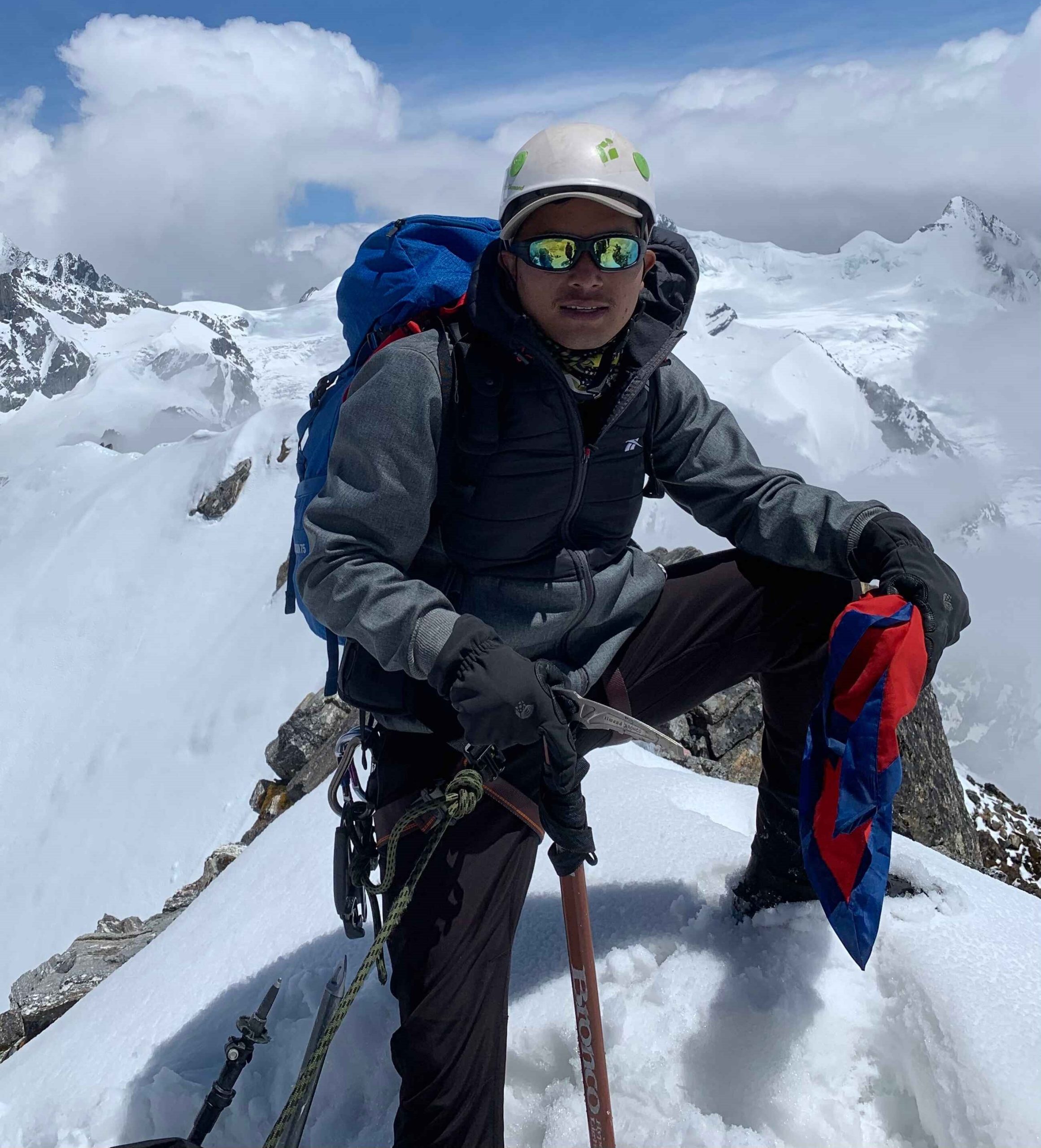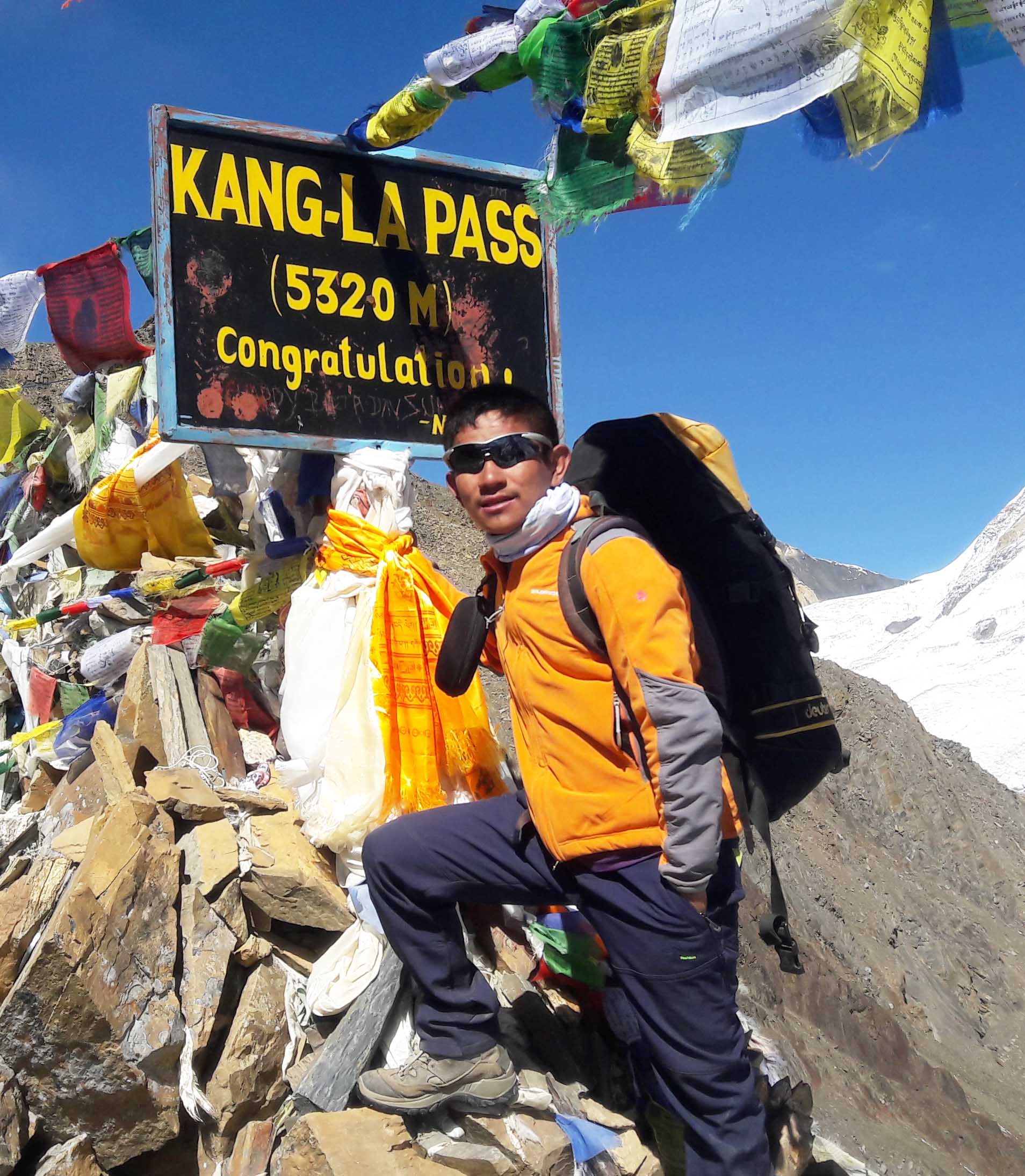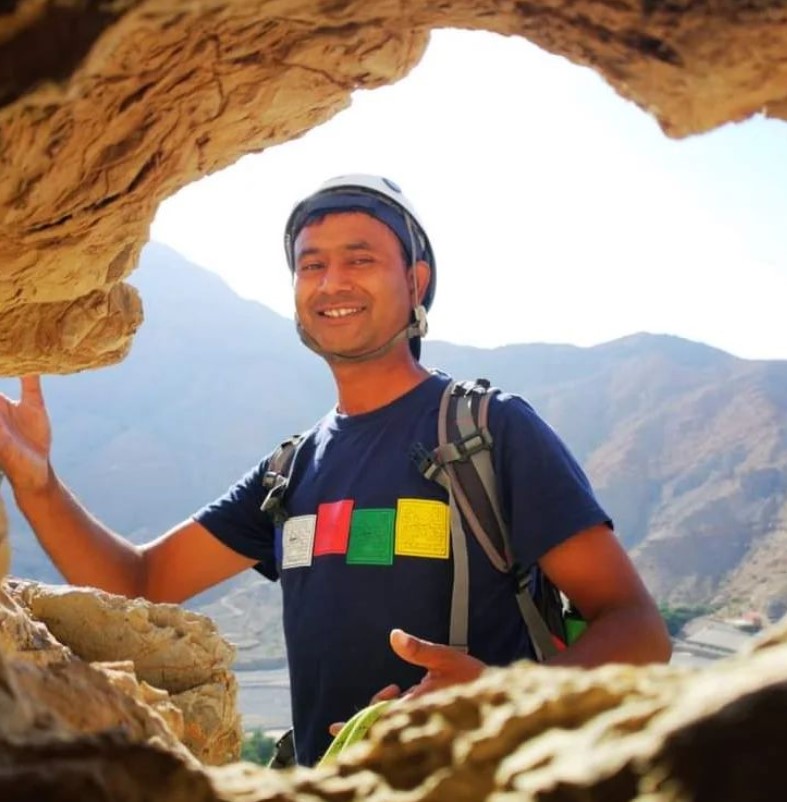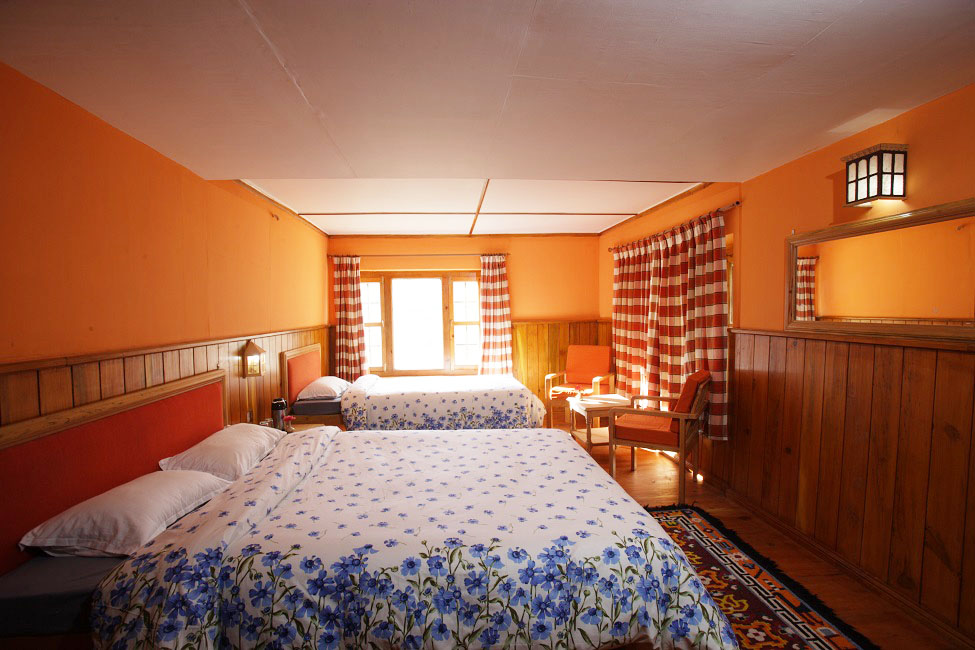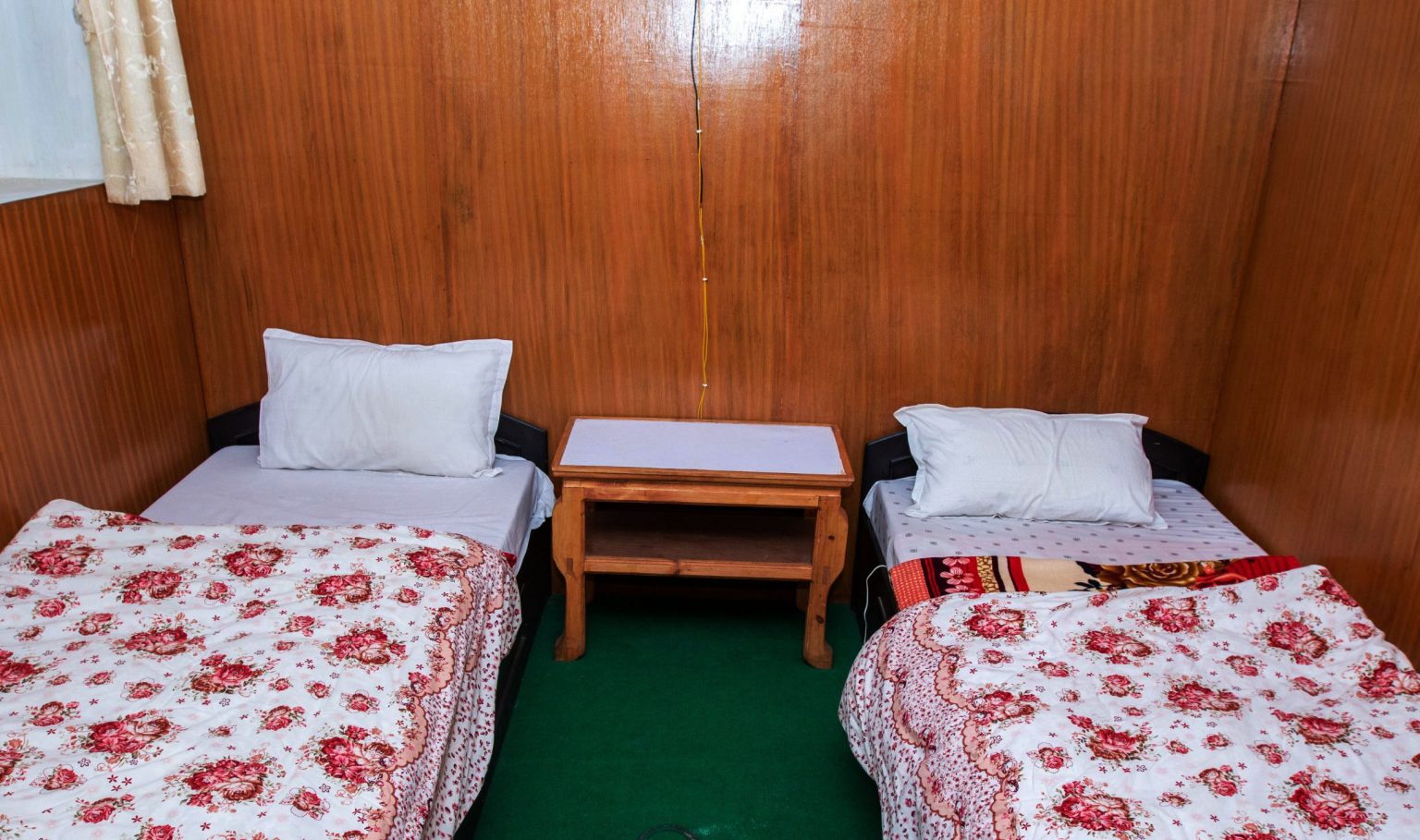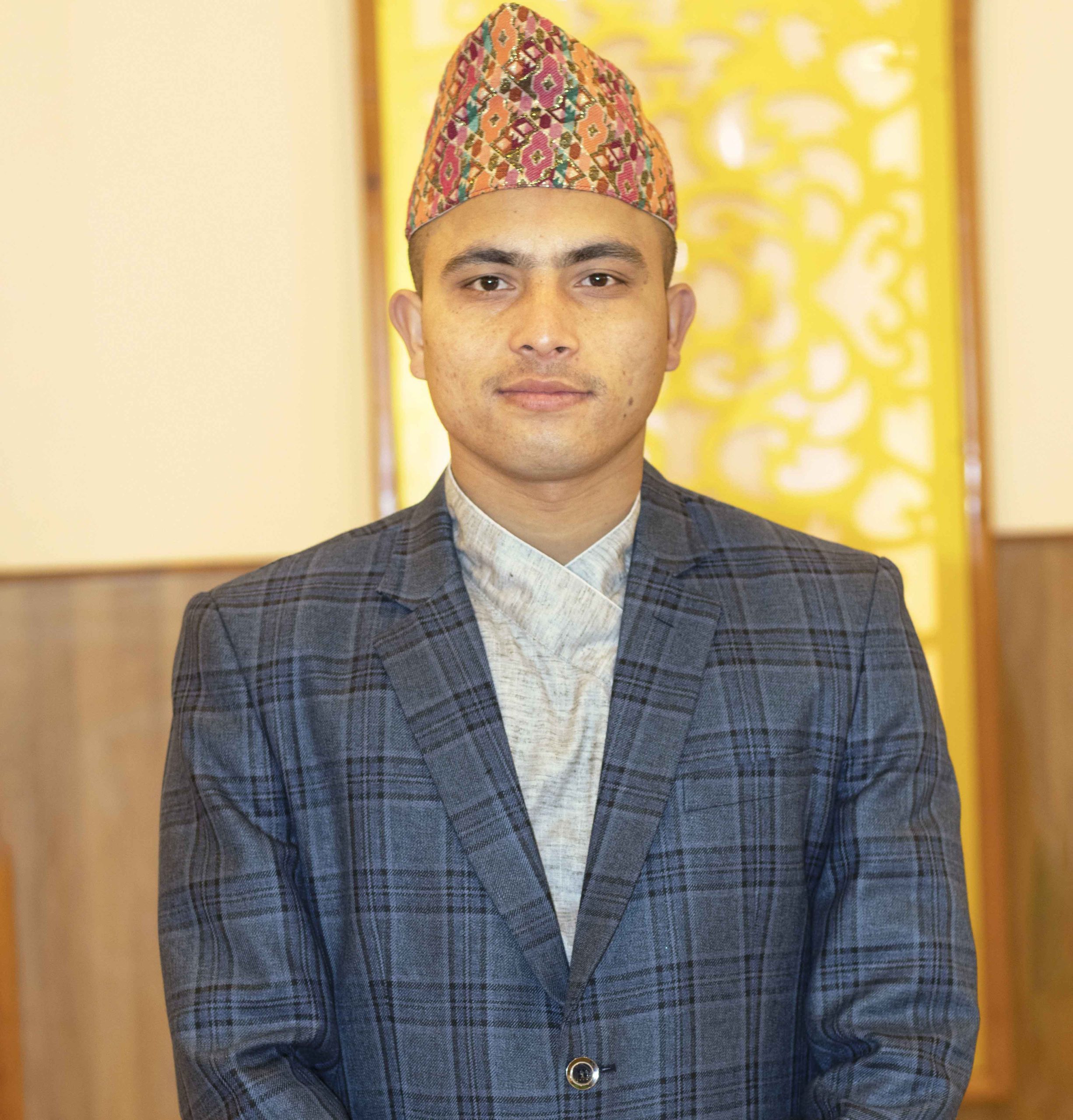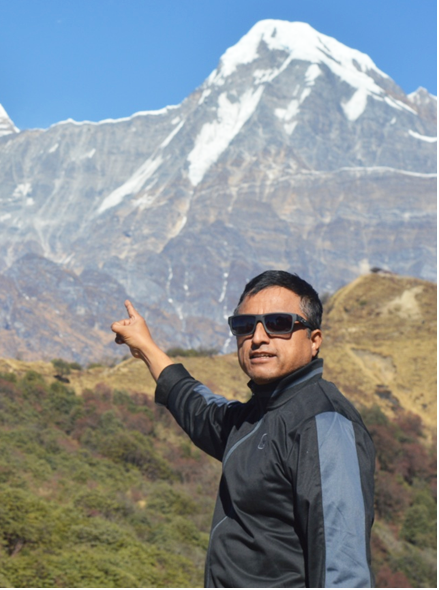Trip Introduction
The Annapurna Circuit Trek is one of the most iconic and challenging treks in the Annapurna region of Nepal. This world-famous trek takes you on a journey through diverse landscapes, from lush valleys and villages to high mountain passes and glaciers, offering incredible views of the Annapurna massif and other towering Himalayan peaks.
The trek typically starts in Besisahar or Bhulbhule, following the Marshyangdi River Valley and passing through villages like Chame and Manang. Along the way, you’ll experience the unique culture of the Tibetan-influenced communities and witness their way of life. As you ascend, the landscape becomes more arid and barren, with the trail leading to the highest point of the trek, the Thorong La Pass (5,416 meters/17,769 feet).
Crossing the Thorong La Pass is considered one of the most challenging and rewarding parts of the trek, with stunning views of the Annapurna range and the Dhaulagiri massif. After descending from the pass, the trail leads to the sacred village of Muktinath, a revered pilgrimage site for Hindus and Buddhists.
The Annapurna Circuit Trek is a strenuous and demanding trek that requires proper acclimatization and physical preparation. The trek typically takes around 15 to 20 days to complete, depending on the pace and the side trips taken. It is a once-in-a-lifetime experience for adventure enthusiasts and nature lovers, offering a unique blend of natural beauty, cultural immersion, and personal challenge.
